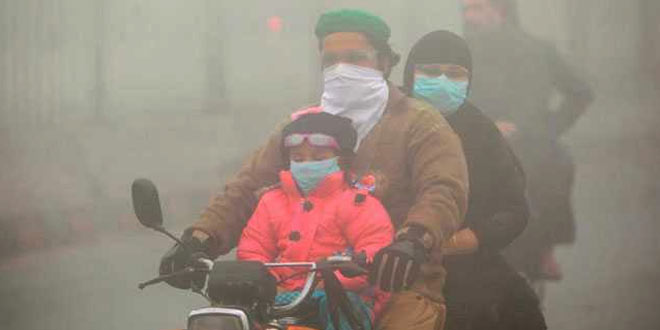Highlights
- Delhi-NCR will have 127 pollution monitoring stations by March 2018: CPCB
- Haryana to get 22 manual stations,12 real time monitoring stations: Mr Saha
- UP will get 10 manual monitoring stations, 3 real time stations: Mr Saha
New Delhi: The National Capital Region (NCR), including Delhi, will have total 127 pollution monitoring stations by March 2018 against the present 78, Central Pollution Control Board (CPCB ) officials said on December 15. CPCB officials also said that their target is to increase the total cities across nation, where the air quality is monitored from 53 at the present to 100.
This will be done very soon, CPCB divisional head D. Saha said here.
While the national capital already has good number of air quality monitoring stations, more monitoring in the surrounding regions will enhance the understanding of the issue of air pollution and help with exploring more data to tackle it.
At present, Delhi has 10 manual monitoring stations and 38 monitoring stations, while Haryana has only two manual and four real time, Rajasthan has nine manual and two real time and Uttar Pradesh has 10 manual and three real time monitoring stations.
Haryana is set to get 22 manual stations and 12 real time monitoring stations while Uttar Pradesh will get 10 new manual monitoring stations and three new real time stations, Mr Saha said.
He however added that Haryana has already missed the deadline of procurement, however the new stations will be up and working by March 2018.
The monitoring stations will be focused on the air-pollution parameters that includes particulate matter (PM2.5 and PM10, or particles with diameter less than 2.5 and 10 micrometers), nitrogen dioxide, carbon monoxide, sulphur dioxides and Ozone.
Also Read: National Green Tribunal Rejects Delhi Government’s Plea To Exempt Two-Wheelers From Odd-Even




























